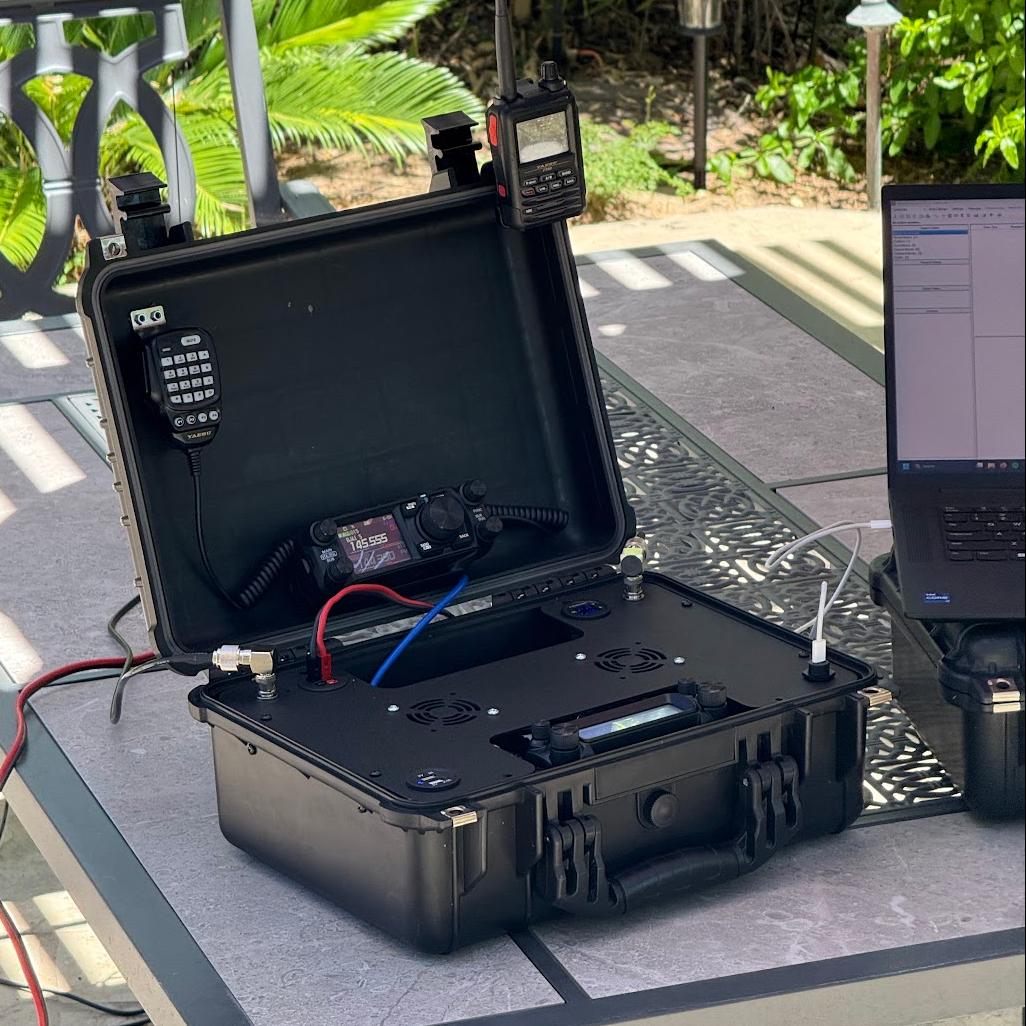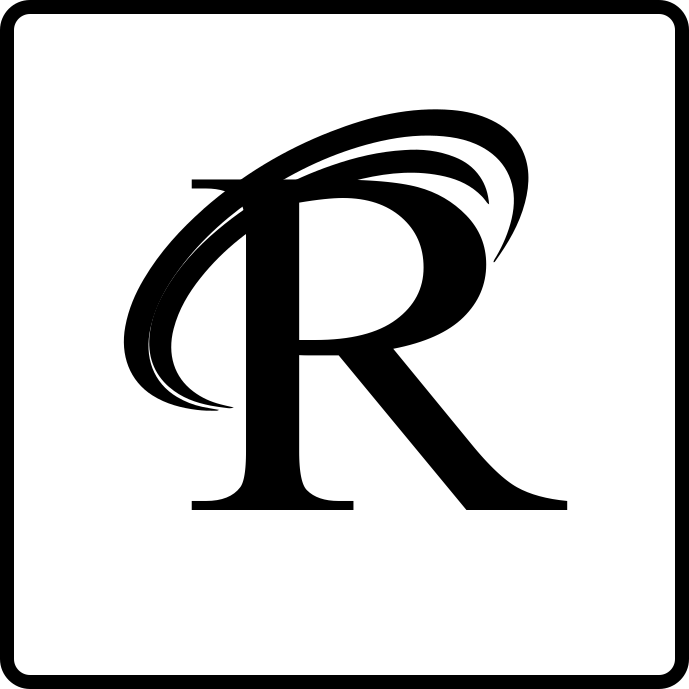Your cart is currently empty!
Creating a Better GoBox

In amateur radio, portability isn’t just a convenience—it’s essential. Whether you’re supporting emergency communications, working a public service event, or deploying to a remote site, you need a setup that’s quick to deploy, built to last, and easy to move. That’s where the GoBox comes in.

A ham radio GoBox is a self-contained communications unit. It’s pre-wired, compact, and designed to operate reliably under real-world conditions. It’s the difference between showing up with a mess of tangled cables and showing up ready to transmit.
But if you’ve ever looked into buying one, you’ve likely faced the same challenge many operators do: spend hours (or weeks) building one from scratch, settle for a flimsy DIY kit, or pay thousands for a custom rig that’s bulky and overbuilt.
I chose a different path. I built my own GoBox from the ground up—focused on function, affordability, and clean design. After building several for myself and other hams, I’ve started offering them for sale.
Gobox Design Philosophy: Portable, Reliable, and Clean
This project began with a few simple goals. I wanted a GoBox that:
- Cost under $2,000, so it’s accessible to most operators
- Had a clean layout that’s easy to operate, even under pressure
- Supported both voice and digital modes (Winlink, APRS, C4FM, and more)
- Included power management with visible readouts and safe distribution
- Could handle real conditions – no ‘cheaping out’ on radios, electronic parts, or frames.
- Handles 2 meter and 440 frequencies
The idea really took shape after I volunteered at the Baker to Vegas Ultramarathon. There, I saw how professionally deployed repeaters maintained solid communications across rugged terrain. It made me realize the real-life impact amateur radio can have on public safety—and how a well-built GoBox can make all the difference.
While this design is currently VHF/UHF only, I’m planning a future model that includes HF capability, using Yaesu’s new FT-1X radios.
Digital First: CAD-Based Design
Before cutting a single panel, I modeled the entire build in SolidWorks. This digital-first approach helped map out airflow, wiring paths, port spacing, and weight distribution.
It made the build cleaner, faster, and far more precise, resulting in a truly professional-grade product.
What’s Inside The Gobox
Here’s the gear I used in this particular build:
- Yaesu FTM-510DR – ASP for voice and C4FM digital
- Yaesu FTM-150R as a dedicated packet or Winlink transceiver
- Digirig Mobile for seamless digital ops
- DC volt/amp meter for real-time power visibility
- USB charging ports for accessories or phones
- Anderson Powerpole pass-through for solar input or expansion
Setup and Field Use
Deployment is fast and intuitive. There’s no sorting through bins or guessing which adapter to use. You plug in the antenna, connect power, and get on the air in minutes.




This setup has already been used for Winlink testing, repeater access in the field, APRS beaconing, and local simplex nets.
How to Order a Ramsayworks GoBox
If you’re looking for a truly portable, professional-grade ham radio GoBox, I’m currently offering a limited number of these units for sale. Each one is built by hand, fully tested, and ready to go out of the box.
Here’s what you get:
- Professionally assembled and tested GoBox system
- All gear pre-mounted and wired
- Includes both radios, Digirig, wiring harness, voltmeter, USB ports, and external Powerpole access
- Custom laser cut aluminum panels and weather-resistant enclosures (holes sealed)
- Free consultation on antenna pairing and deployment
You just supply an antenna and power source—and you’re ready to operate.

Subscribe to my store Ramsayworks to learn when this will be available!
This isn’t a kit. It’s not an experiment. It’s a field-tested tool built by an active ham for hams.

Leave a Reply